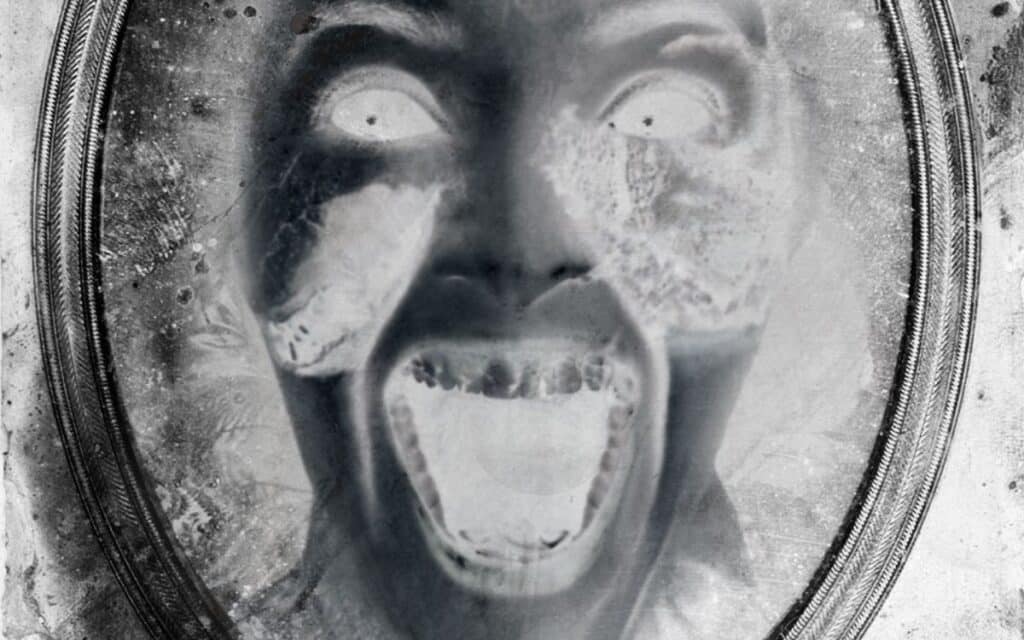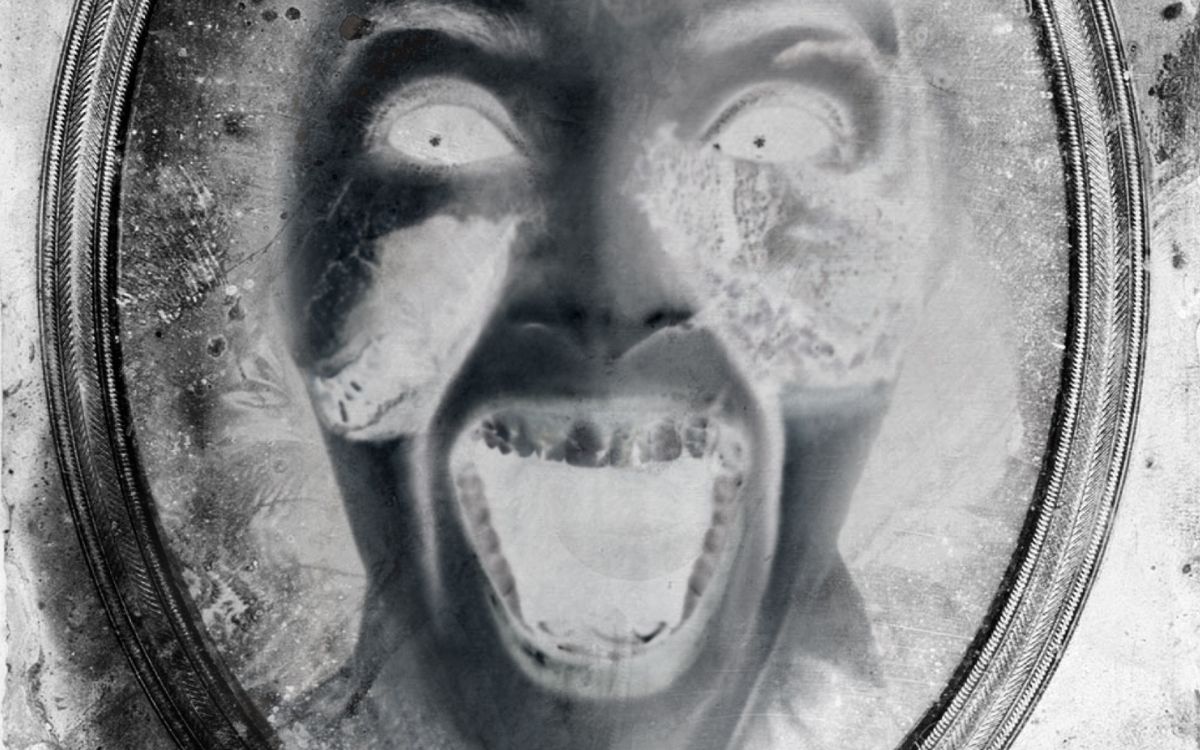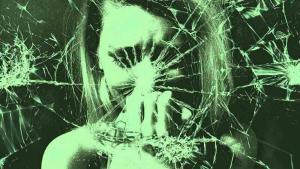Poltergeists rank high on the list of disturbing and mysterious ghost types. Here are 10 facts you should know about them.

Poltergeist Facts
Origin of the Word
The word “poltergeist” comes from the German word “poltern”, meaning “to knock,” and “geist” meaning “ghost”.
The term was first used in English in the late 19th century to describe a type of ghost that was known for making loud noises and causing physical disturbances.
Physical Nature
Poltergeists are often described as physical entities that can move objects, cause disturbances and make noises.
Some examples of poltergeist activity include furniture moving on its own, objects being thrown across a room and unexplained tapping or banging sounds.
No Visible Form
Unlike traditional ghosts, poltergeists do not have a visible form, but their presence can be felt and heard.
In many cases, poltergeists have been known to cause physical disturbances and make noises, but have never been seen.
Linked to Adolescents
Poltergeists are often associated with adolescent girls and it is believed that their emotional and hormonal changes play a role in attracting them.
This is seen in cases such as the Enfield Poltergeist in the 1970s, which was said to have been caused by two young sisters in North London.
Scientific Explanations
Some scientists believe that poltergeists are not supernatural entities, but instead are the result of psychological and physical factors such as stress and repressed emotions.
In some cases, it has been suggested that the disturbances caused by poltergeists may be the result of subconscious psychic abilities, such as telekinesis.
Active at Night
Poltergeists are most active at night and their activity can often be heard and felt in the form of strange noises and physical disturbances.
One example of this is the Borley Rectory in England, which was said to be the site of numerous poltergeist activity, including unexplained noises and objects moving on their own.
Similarities to Hauntings
Poltergeists are often confused with hauntings, but there are distinct differences between the two.
Hauntings are typically associated with a deceased person or entity, while poltergeists are not.
The activity of poltergeists is usually more physical and noisy, while hauntings tend to be more subtle and focused on the presence of a ghost.
No Communicative Ability
Unlike ghosts, poltergeists do not have the ability to communicate with the living.
They are often seen as more mischievous and disruptive, causing physical disturbances and making strange noises, but never actually communicating with those around them.
(Readers might disagree with this, as there have been some noted cases of communication with poltergeist-like entities – tell us your thoughts in the comments section below!)
Origin is Unclear
The origin of poltergeists is not well understood and there are many different theories as to why they exist.
Some believe they are the result of supernatural forces, while others think they are the result of psychological or physical factors.
Regardless of their origin, poltergeists remain one of the most intriguing and scariest phenomena in the world of the paranormal.
Can be Dangerous
Although poltergeists are not typically seen as dangerous, their physical disturbances can cause harm to people and damage to property.
In some cases, poltergeists have been known to cause physical harm, such as cuts, scratches and bruises and have caused extensive damage to buildings.
It is important to seek help from a professional if you suspect a poltergeist may be present, as their activity can be dangerous and disruptive.
Have you experienced a poltergeist manifestation? Tell us about it in the comments section!








Yes I once did experience three knocks on my window at 3 am , which was creepy because the window was right next to a balcony and no one could get in there from the outside of the room.
Sometimes also experienced unexplained knocks on the main door of my house when I was alone, when I did bother to open the door I found no one outside the door.